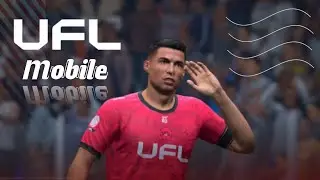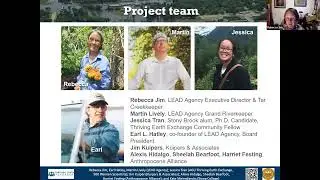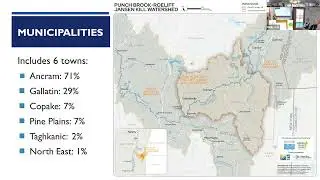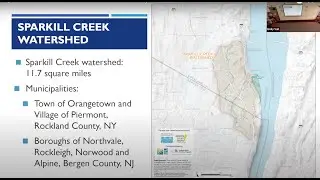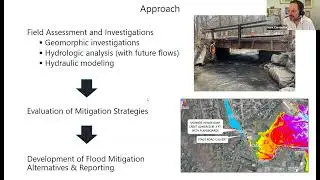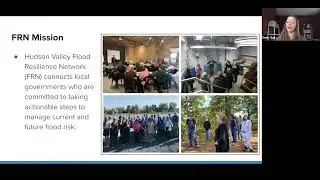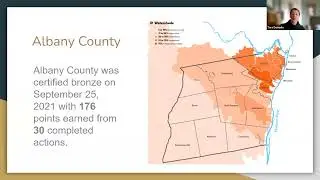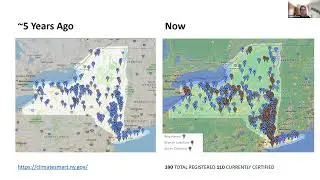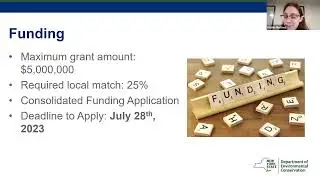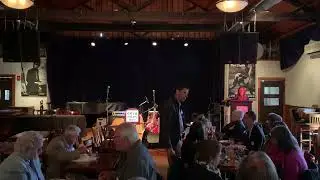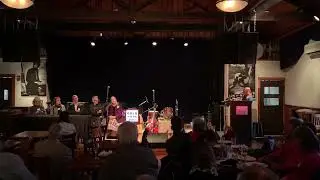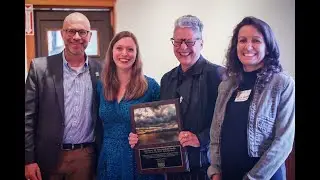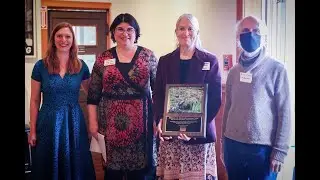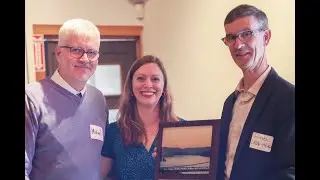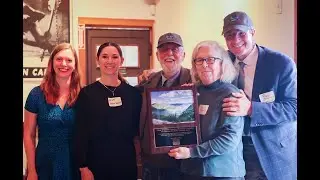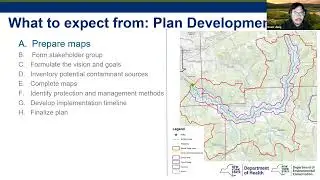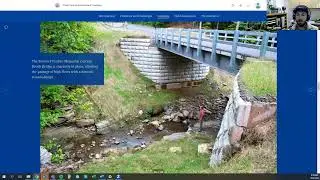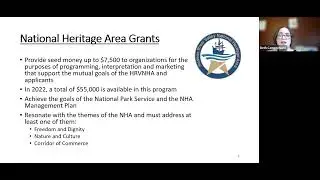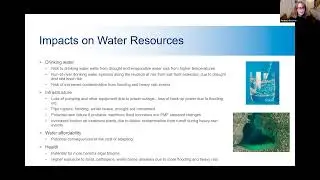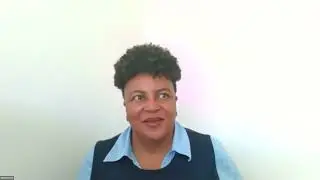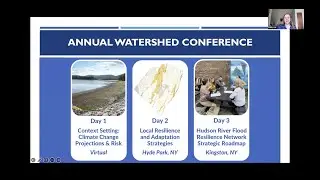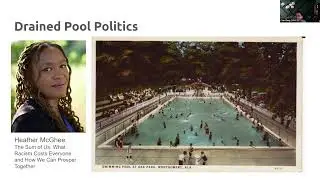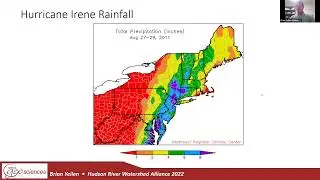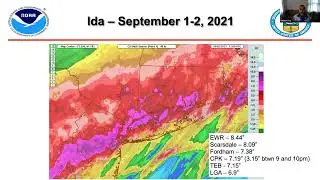Breakfast Lecture: Water Quality Improvement Program (WQIP)
Protecting public drinking water supplies is a high priority for New York State, and one method communities can utilize is land acquisition. The New York State Department of Environmental Conservation’s Water Quality Improvement Project (WQIP) Program funds land acquisition for the protection of drinking water supplies.
In our June Breakfast Lecture, Kristin Martinez, Environmental Program Specialist, New York State Department of Environmental Conservation discussed the importance of source water protection, how land acquisition can aid with protecting public drinking water supplies, and the Water Quality Improvement Project (WQIP) Program, a state funding program that can help with land acquisition and associated costs.
Bob Davis, Executive Director of the Winnakee Land Trust presented on the organization’s acquisition of land surrounding the Saw Kill Creek to protect the drinking source water for Bard College. The Saw Kill Water Quality Protection Project also provides public access to the acquired land through a network of trails which are planned to connect to the Village of Red Hook and Bard College.
Links from the Breakfast Lecture:
Learn more about WQIP: https://www.dec.ny.gov/pubs/4774.html
Consolidated Funding Application: https://apps.cio.ny.gov/apps/cfa/
View the WQIP Land Acquisition Toolkit: https://www.dec.ny.gov/pubs/115920.html
Join MakingWaves e-newsletter for program announcements: https://www.dec.ny.gov/chemical/290.html
Join the DWSP2 Newsletter for program Announcements: https://www.dec.ny.gov/chemical/11525...
-WQIP Land Acquisition Email: [email protected]
Winnakee Land Trust website: https://www.winnakee.org
Forever Forests, Winnakee Land Trust: https://www.winnakee.org/saving-land-...
Land for Clean Water, Winnakee Land Trust: https://www.winnakee.org/saving-land-...
Saw Kill Trails, Winnakee Land Trust: https://www.winnakee.org/visit-our-pa...
This program is supported by funding from the Hudson River Estuary Program, New York State Department of Environmental Conservation, with support from the New York State Environmental Protection Fund, in cooperation with NEIWPCC.
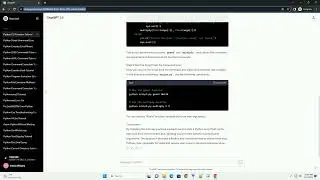
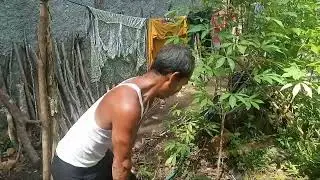
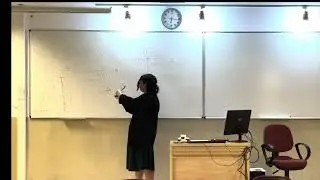

![Kingdom Come Deliverance Find something to help the insomniac fall asleep [HOW TO]](https://images.mixrolikus.cc/video/o0ldyBM1SXI)

